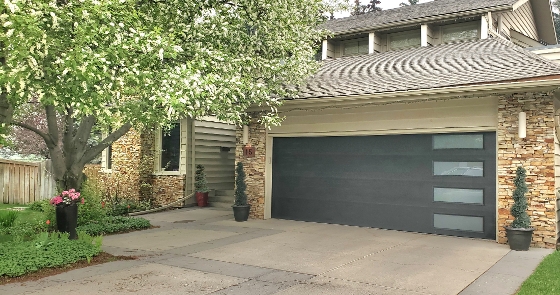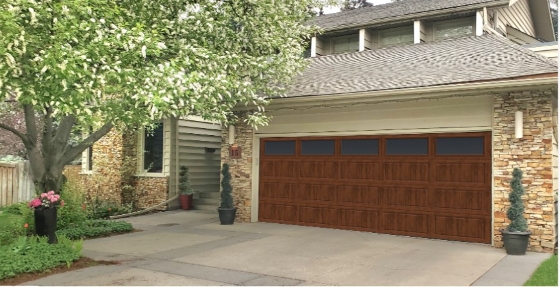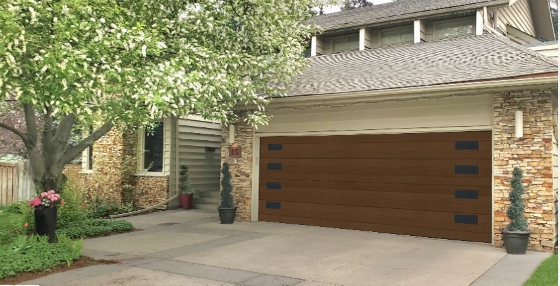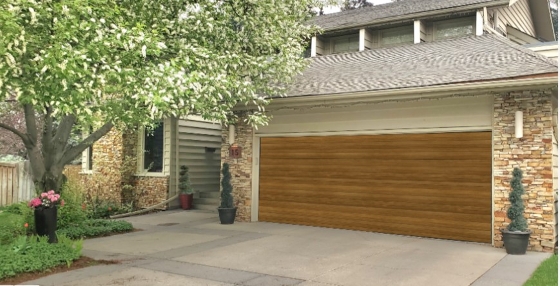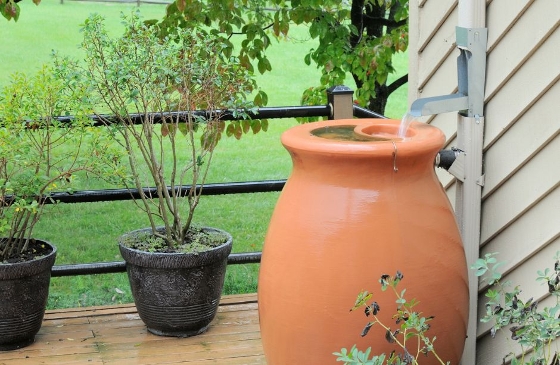In the era of remote work, having a functional and comfortable home office is paramount for success. Whether you're a seasoned remote worker or just starting out, optimizing your workspace can significantly impact your productivity and well-being.
1. Adequate Lighting: Proper lighting is key to reducing eye strain and enhancing productivity. Aim for a combination of natural light and artificial lighting sources to brighten up your workspace. Position your desk near a window to benefit from natural light during the day, and invest in adjustable desk lamps for task lighting in the evenings.

2. Office Chair: Invest in a high-quality ergonomic office chair that provides adequate support for your back, neck, and arms. Look for adjustable features such as seat height, lumbar support, and armrests to ensure proper posture and comfort during long hours of work.

3. Identify a Workspace: Designate a specific area in your home as your dedicated workspace. Choose a quiet and clutter-free corner where you can focus without distractions. Ideally, your workspace should be separate from high-traffic areas to maintain concentration.

4. Add Plants: Bring the outdoors inside by incorporating plants into your home office decor. Not only do plants add a touch of greenery and aesthetic appeal, but they also help purify the air and reduce stress levels, creating a more conducive work environment.

5. Ergonomic or Standing Desk: Consider investing in an ergonomic or standing desk to promote better posture and reduce the risk of musculoskeletal issues. These adjustable desks allow you to alternate between sitting and standing throughout the day, improving circulation and energy levels.

6. Block out Distractions: Minimize distractions in your home office by creating physical and digital boundaries. Use noise-cancelling headphones to block out ambient noise, and set boundaries with family members or roommates to avoid interruptions during work hours.

7. Choose Colors Wisely: Select calming and neutral colors for your home office decor to create a tranquil and focused atmosphere. Avoid overly stimulating colors that may distract or overwhelm you while working.

8. Clear the Clutter: Keep your workspace organized and clutter-free to enhance productivity and mental clarity. Invest in storage solutions such as file cabinets, shelves, and desk organizers to keep essentials within reach and maintain a tidy workspace. Set your timer and spend 5 minutes per day to clear clutter and tidy.

9. Get Creative with Storage: Maximize space efficiency in your home office by getting creative with storage solutions. Utilize vertical wall space for shelving, invest in multi-functional furniture with built-in storage, and use decorative baskets or bins to corral loose items.
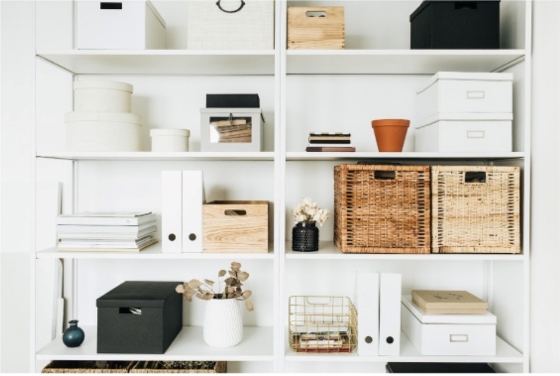
10. Get Organized: Establish a system for organizing your workspace, including files, documents, and supplies. Create digital folders for digital files, label physical folders for easy access, and schedule regular decluttering sessions to maintain orderliness. A professional organizer can get you started if this feels overwhelming.

11. Good Internet Service: Reliable internet connectivity is essential for seamless remote work. Ensure that your home office is equipped with high-speed internet service to support video calls, file transfers, and other online activities without interruption.

12. Table or Desk: Invest in a sturdy and spacious table or desk that accommodates your work setup and provides ample surface area for tasks. Choose a desk with built-in storage or add a separate filing cabinet for increased functionality.
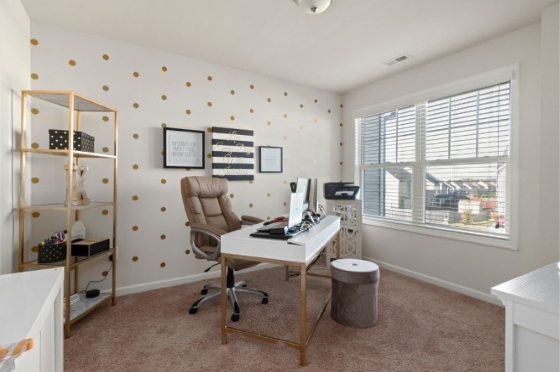
13. Personalize Your Space: Infuse your personality into your home office decor to make it feel more inviting and inspiring. Display meaningful artwork, photos, or decor items that motivate and uplift you during the workday. Adding personal touches can make your workspace feel more welcoming and conducive to productivity.

14. Hook Up Your Headphones: Invest in a good pair of headphones or earbuds for clear audio during virtual meetings or when listening to music or podcasts while working. Wireless options provide freedom of movement and reduce desk clutter.

15. Prioritize Comfort: Above all, prioritize comfort in your home office setup to ensure long-term health and well-being. Invest in ergonomic furniture, take regular breaks to stretch and move, and listen to your body's cues to avoid discomfort and fatigue.

By incorporating these tips into your home office setup, you can create a workspace that fosters productivity, creativity, and overall well-being, allowing you to thrive in your remote work environment.





















